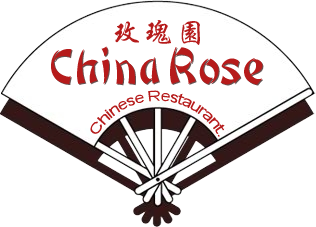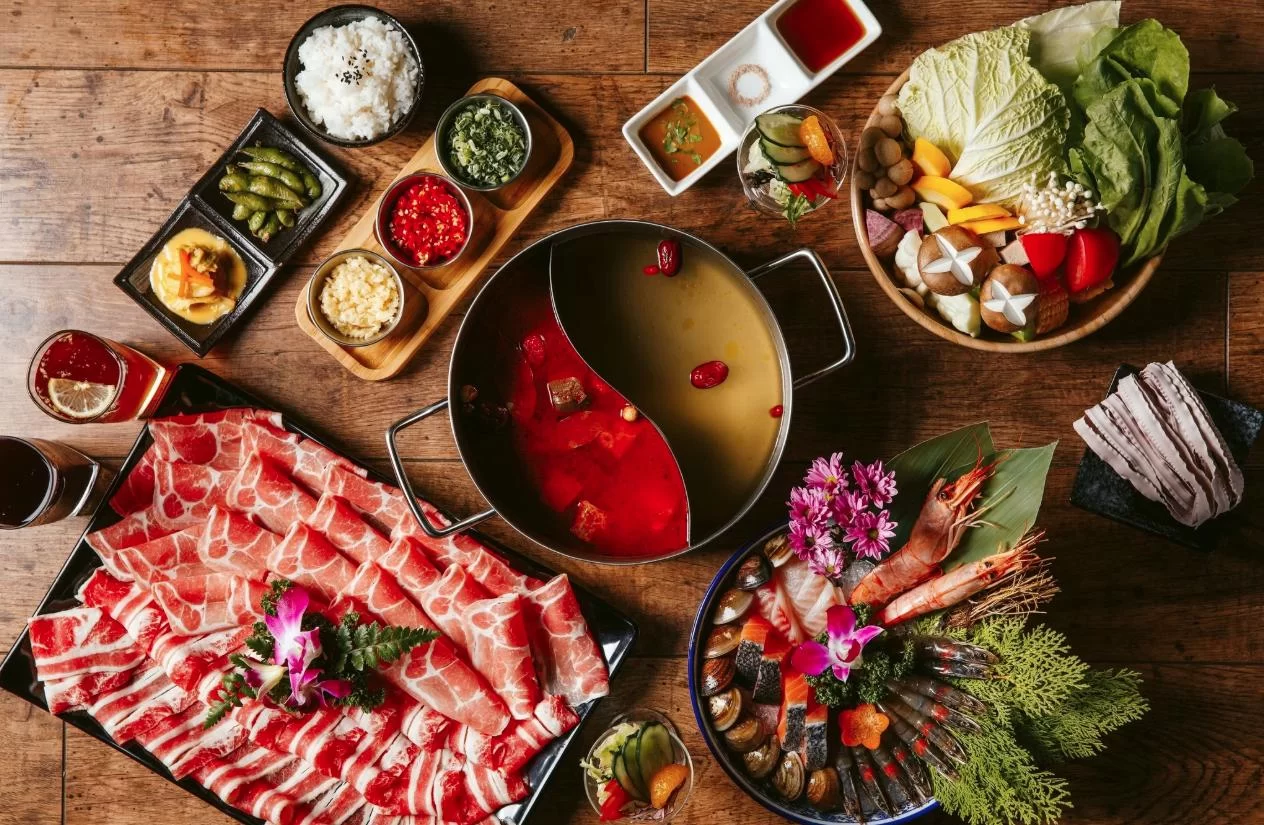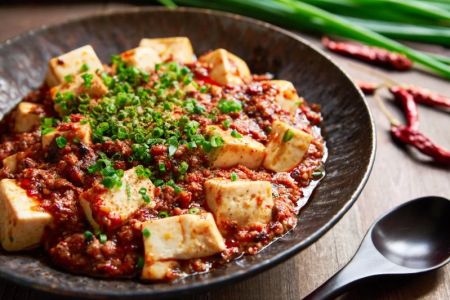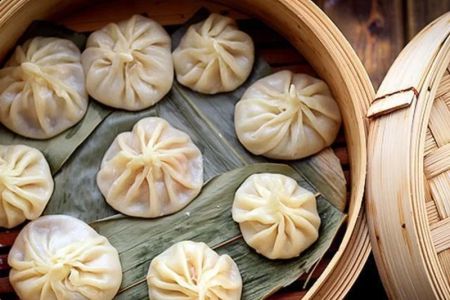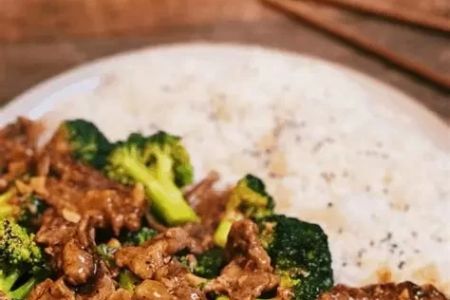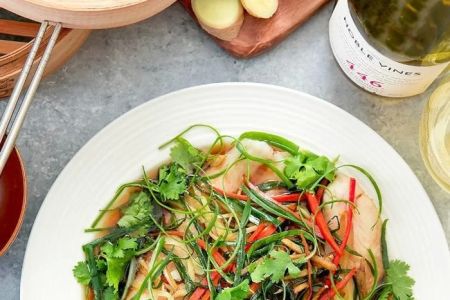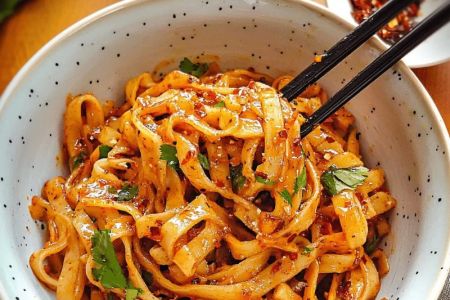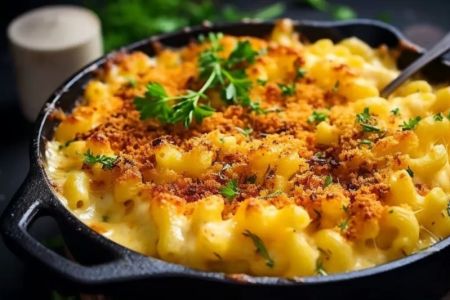- The-Essence-of-Wok-Hei-in-Chinese-Cooking
- How-Wok-Hei-Is-Created-During-Stir-Fry
- Cultural-Significance-of-Wok-Hei
- Common-Misconceptions-About-Wok-Hei
- Stories-and-Real-Examples-of-Wok-Hei
- Bringing-Wok-Hei-into-Modern-Kitchens
The Essence of Wok Hei in Chinese Cooking
Among the many techniques that define Chinese cuisine, none is as fascinating or as elusive as wok hei, often translated as “the breath of the wok.” This concept goes beyond flavor—it represents a combination of aroma, smokiness, and texture that makes stir-fried dishes taste truly authentic. When diners in Hong Kong or Guangzhou talk about the quality of fried noodles or beef chow fun, they often judge it by whether it carries that distinct wok hei. Without it, even a beautifully presented dish can feel incomplete. At Chinese Food, we embrace wok hei as the cornerstone of authentic flavor.
How Wok Hei Is Created During Stir Fry
Wok hei is produced through a high-heat cooking process where oil, aromatics, and ingredients come into contact with the seasoned metal surface of a wok. Flames often lick the sides of the wok, creating micro-caramelization and slight charring that release complex flavors. The sizzling sound, the smoky aroma, and the glossy finish on vegetables and meats all contribute to the experience. The secret lies in both the technique and the equipment—professional kitchens use powerful gas burners that can reach intense heat, something difficult to replicate at home without modifications. Still, with practice and the right tools, home cooks can capture hints of wok hei in their dishes.
Cultural Significance of Wok Hei
In Chinese cooking culture, wok hei is more than just a flavor—it’s a symbol of culinary mastery. A chef who can consistently produce dishes with wok hei earns respect among peers and diners. It reflects not only technical skills but also an intimate understanding of timing and balance. The concept has roots in Cantonese cuisine, where freshness and subtlety are highly valued. Wok hei captures the fleeting beauty of high-heat cooking, turning ordinary ingredients into something extraordinary within seconds. It’s an art form that connects tradition with taste.
Common Misconceptions About Wok Hei
Many people assume wok hei can be replicated by simply burning ingredients or adding smoky sauces, but this is a misconception. True wok hei does not taste burnt; rather, it delivers a light, almost ethereal smokiness that enhances the natural flavors of food. Another common myth is that only professional chefs can achieve it. While restaurant-level wok hei may be hard to duplicate at home, thoughtful adjustments—such as preheating the wok properly, cooking in small batches, and using high-smoke-point oils—can help home cooks capture part of this essence. Understanding these nuances separates genuine wok hei from poor imitations.
Stories and Real Examples of Wok Hei
Food lovers across Asia often recall dishes that left a lasting memory because of wok hei. One traveler recounted a midnight meal in Hong Kong where a humble plate of stir-fried noodles carried such deep wok hei that it eclipsed every fine dining experience on the trip. In another story, a chef in Guangzhou described how mastering wok hei took years of practice, with burned hands and countless failed batches along the way. These stories highlight not just the technical side of cooking but the emotional connection people feel toward food prepared with wok hei.
Bringing Wok Hei into Modern Kitchens
With modern lifestyles and equipment, many home cooks wonder how to bring wok hei into their kitchens. While it’s challenging without restaurant-level burners, it’s not impossible. Using carbon steel woks, cooking smaller portions, and preheating the wok to smoking point can make a significant difference. Additionally, experimenting with recipes that highlight texture and aroma can allow home cooks to appreciate the beauty of wok hei without needing perfection. For those who seek authentic flavors and the right tools, Chinese Food offers guidance and resources to help bridge tradition and practicality in today’s kitchens.
